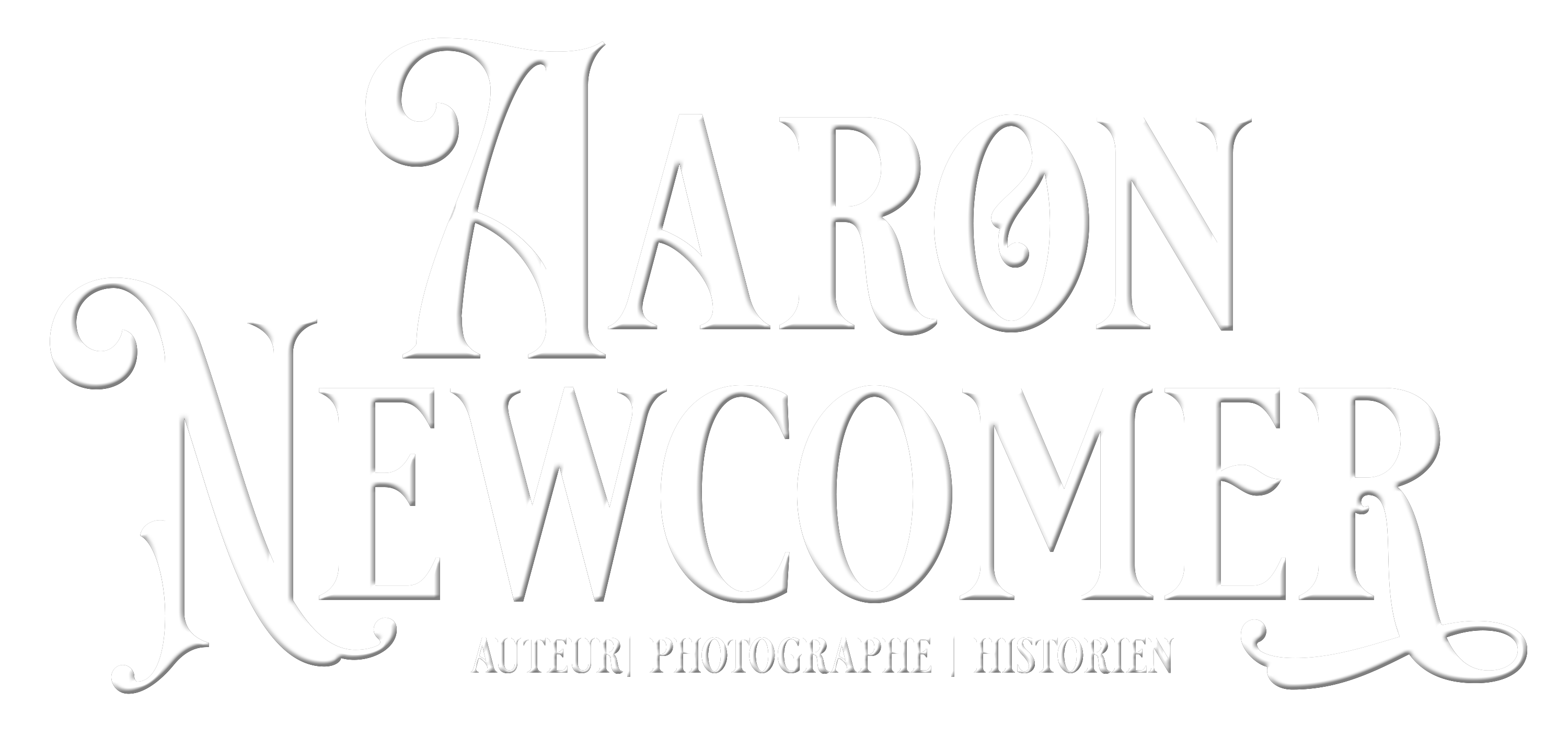Description des Machines et Procédés spécifiés dans les Brevets D’Invention


Description des Machines et Procédés spécifiés dans les Description des machines et procédés spécifiés dans les brevets d’invention, de perfectionnement et d’importation, dont la durée est expirée was the official printed record of the patents granted in France that were issued under the 1791 patent laws. These patents were not printed until after their expiration date of either 5, 10 or 15 years from when they were issued.
From 1791 until 1844 it was incredibly expensive to get a patent issued. The patent tax for 5 years was 300 francs, for 10 years it was 800 francs and for 15 years it was 1500 francs. At the time the average worker’s daily wage was 1.5 francs.

This feels like a very high quality book with thick linen rag pages, gilded pages and marbled inside covers. It even came with a bookmark!
But the content inside the document is what is really important. This is the official record of what the Conservatoire royal des arts et métiers (i.e. the patent office) believed the patent was about, looking back after it expired. This document is not always a full transcription of the patentee’s original document but rather detailed abstract that specifically describes the patent and heavily focuses on describing the drawings that accompanied it. It does quote specific sections sometimes though, Additionally, all of the drawing in the original patent may not always be reprinted here.

I bought volume 10 which is when some of the early guns by Pauly, Roux, Le Page, Potett, Prelat and others had recently expired and were first printed. It was printed in 1825 by one of the few female printers, Rosalie Huzard, who specialized in printing scientific works.
It was authored by Gérard-Joseph Christian, the director of the Conservatoire royal des arts et métiers. He was the director when the patents by Henri Roux, Eugène Picherau and Casimir Lefaucheux were invented or added to the Jean Samuel Pauly patent.
There are some current historians who question the classification of these patent specifications and drawings that the current Institut national de la propriété industrielle (INPI) and that this period document, and that all the other period documents state, as not actually being what Pauly patented but rather a later document by Henri Roux. A lot of the information presented in this document come from the drawing descriptions on the drawing page that is stored with the patent and classified still today by the INPI as being part of Pauly’s patent.

Below is what M. Christian, the head of the “patent office” wrote about about the patent that at even at the time was attributed to Pauly as well as two additions to the patent by Henri Roux. Also, note that he does not call out who registered the additions (certificat de perfectionnement or certificat d’addition.)

Here are a couple closeups of the guns and the cartridges.


For comparison, here are the reference drawings from the patent file attributed to Pauly. You will notice that these are all drawn slightly differently. Also, there is an additional drawing (Fig. 8 above) which is not even present in the following document. Some of the other images shown are from the later additions.
Be sure to examine the later drawing by Henri Roux too. The gun and cartridges are again a little different. You can see it in my article below:

In addition to the Pauly patent, here is a selection of other early firearms patents that show up in this same volume:

















 Bonjour, je m'appelle Aaron Newcomer. Je suis collectionneur et chercheur sur les systèmes d'armes à feu à chargement par la culasse du début du 19e siècle, avec un intérêt particulier pour les travaux de Jean Samuel Pauly et Casimir Lefaucheux. Je collectionne les cartouches et les documents liés à ces types d'armes à feu et je mène des recherches sur ces sujets, approfondissant ma compréhension et ma connaissance de ces armes historiques et leur place dans l'évolution de la technologie des armes à feu. Ma collection et mes recherches reflètent mon engagement à préserver et à comprendre l'histoire et les innovations techniques de ces systèmes d'armes à feu anciens.
Bonjour, je m'appelle Aaron Newcomer. Je suis collectionneur et chercheur sur les systèmes d'armes à feu à chargement par la culasse du début du 19e siècle, avec un intérêt particulier pour les travaux de Jean Samuel Pauly et Casimir Lefaucheux. Je collectionne les cartouches et les documents liés à ces types d'armes à feu et je mène des recherches sur ces sujets, approfondissant ma compréhension et ma connaissance de ces armes historiques et leur place dans l'évolution de la technologie des armes à feu. Ma collection et mes recherches reflètent mon engagement à préserver et à comprendre l'histoire et les innovations techniques de ces systèmes d'armes à feu anciens.





LAISSEZ UN COMMENTAIRE